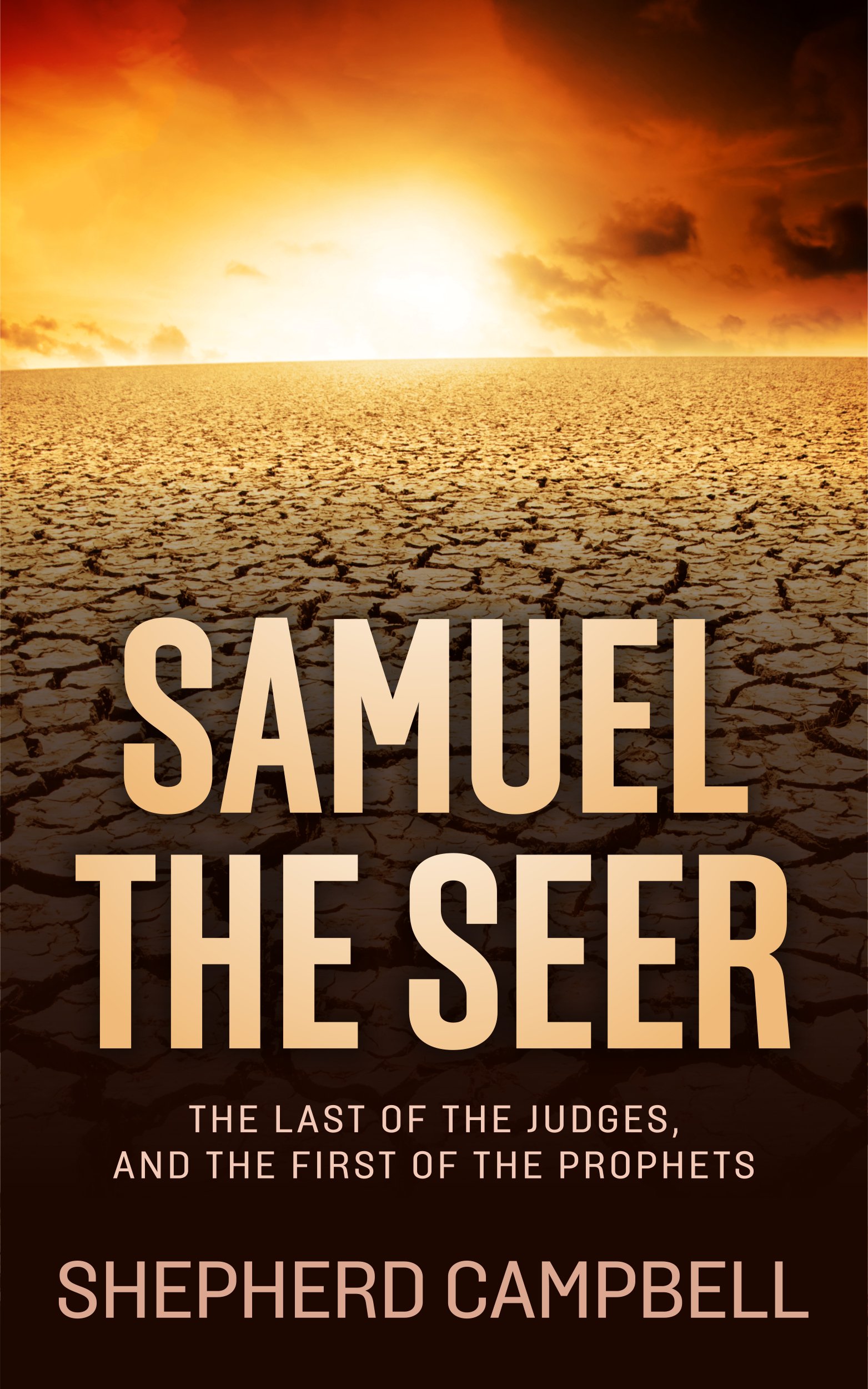- Biblical Maps
- Home Page
- History of Israel Blog
- Ancient Mesopotamia
- Map of Palestine
- Abraham
- Ancient Israel
- 12 Tribes of Israel
- Jerusalem
- The Book of Isaiah
- Palestine
- The Habiru
- Contact Us
- Bible Study Forums
- Media Page
- Visitors Sitemap
- Privacy Policy
- The History of the Old Testament
- In the Days of Noah
- The City of Jericho
VISIT OUR FACEBOOK PAGE!
Jericho's Fallen walls and the date of the Exodus
by Walter R. Mattfeld
(Orange Park, Florida)
The Bible portrays Jericho falling to Joshua after an Exodus from Egypt. Joshua orders the city is to be burned, after its fall and then to be abandoned for several hundred years. Does archaeology have any thing to say about this? Yes. The site of Jericho has been excavated to bedrock. Dame Kathleen Kenyon has established via her excavations that Jericho's LAST DEFENSIVE WALL FELL CIRCA 1540 BC and that the walls showed evidence of collapses and the city also showed evidence of a severe burning everywhere. Because Kenyon subscribed to the notion that the Exodus is a 13th century BC event, she noted the city had no defensive wall at that time for Joshua to encounter and attack. Ergo, she concluded that the Biblical story was untrue, a myth. Yet, Jericho does have a collapsed wall and ash everywhere in the destroyed city, matching the biblical account. One archaeologist has challenged Kenyon's dating of Jericho's burned fallen wall of 1540 BC as being 1406 BC (with an Exodus circa 1446 BC), his name Bryant Wood. Wood's challenge has been presented to fellow scholars and they have rejected his conclusions. WHY? Radio carbon dating of burned grains found in storage jars established the city was destroyed circa 1540 BC not 1406 BC. Wood claims the radio-carbon dating must be wrong and refuses to accept it as authoritative. The Jewish historian Flavius Josephus (circa 70 AD) wrote a History of the Jews, paraphrasing the Old Testament. He noted that an Egyptian priest called Manetho had written in Greek a History of Egypt. Josephus said that Manetho's Hyksos Expulsion (1540 BC) seemed to be the Egyptian version of the Israelite Exodus appearing in the Bible. Kenyon's dating Jericho's fallen burnt walls to the time of the Hyksos Expulsion would seem to verify Josephus' hunch that the Hyksos Expulsion was behind Israel's Exodus from Egypt. Israel is portrayed as lately come from Egypt when Jericho is attacked by Joshua and Kenyon says Egyptians destroyed Jericho circa 1540 BC. Canadian Egyptologist Donald B. Redford has opined that the Hyksos Expulsion is behind Israel's Exodus in books he has written on the subject. Egyptologists Kenneth Kitchen and Eric Hoffmeier have both concluded that the Bible's internal chronology suggests almost 600 years elapsed from the Exodus to Solomon's building of the Temple aligning the Exodus with the Hyksos Expulsion (versus 480 years elapsing giving an Exodus of 1446 BC). The problem? Towns in Moab, mentioned as being conquered by Moses, upon excavation, were no earlier than Iron Age I (1260-1100 BC), such as Heshbon and Eleleah. Kitchen and Hoffmeier prefer an Iron Age I Exodus in the reign of Rameses II. A Hyksos expulsion is in the reign of Ahmoses I, founder of the 18th Dynasty. My conclusions based on the archaeological data: Two events, attested by archaeological evidence, have been conflated and presented as one event. The 1540 BC fallen burnt walls of Jericho and the Iron Age I (1260-1100 BC) conquest of Moab by Moses, and dated by the Bible to 1406 BC.
SAMUEL the SEER
Now Available in Print & eBook on Amazon!!
POPULAR TOPICS
Learn more about these popular topics below. The Bible is full of fascinating stories, characters and mysteries!
BIBLE MAPS
Explore the land of the Old Testament! View these maps of the Bible.
